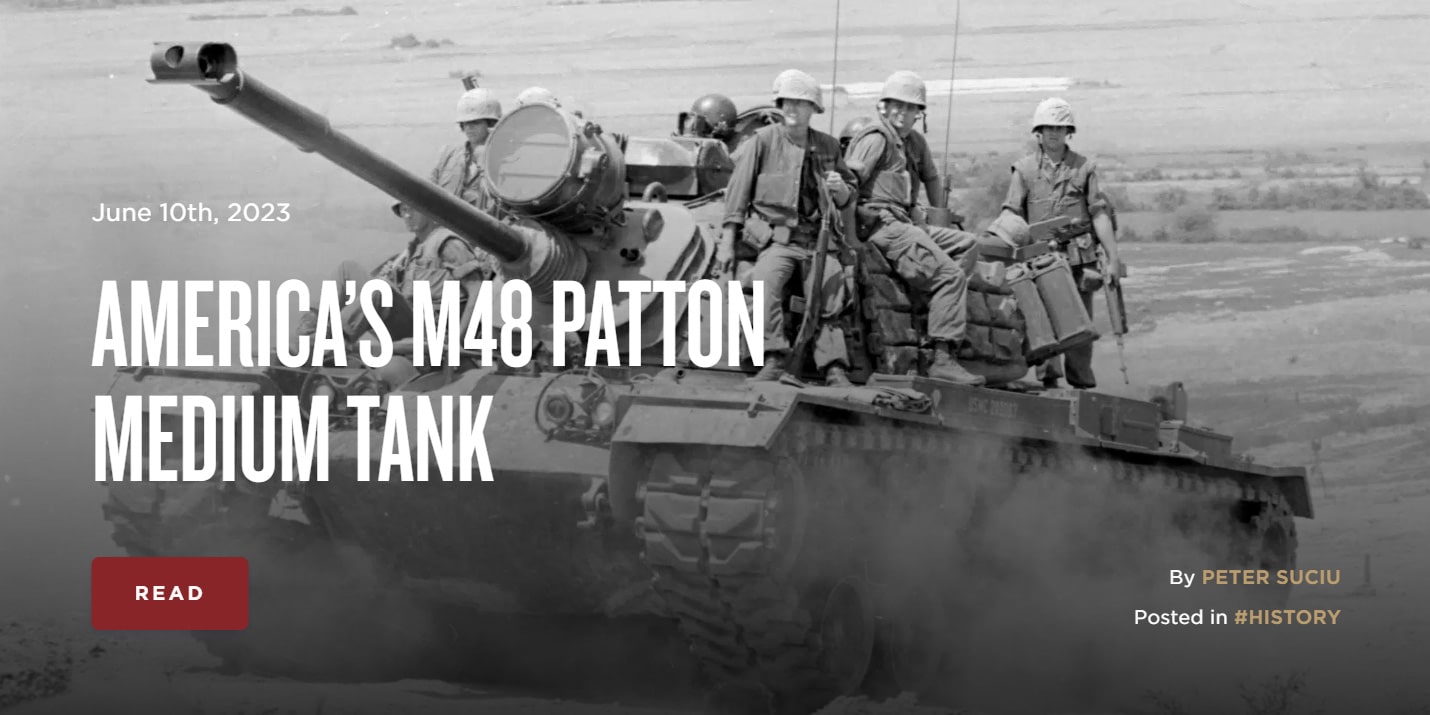I disagree that the performance of the M48 is mixed. As the author notes, this is dependent on crew training and leadership. Some other points:
- The M-26 Pershing should have never been sent to Europe late in the war. The US Army Armor Board had not tested it and recommended to LTG Lesley McNair who was in charge of generating forces to be deployed, not to accept it. McNair was overriden (the first case of contractor influence??) and about 20 were sent as part of project Zebra and in all honesty, the record of the Pershing was mixed. In Korea, after the initial defense of the Pusan perimeter where the Pershing did a good job, the Army was so frustrated with the Pershing's problems they turned them in for ...wait for it..Sherman Easy 8s. According to one military historian, the M-26s were pretty successful with the Marines because they now had a boatload of spare parts. From the Army's viewpoint, the M-46 was very welcome.
- the M-48s of the IDF in the '67 war used the standard 90mm gun, not 105s, The Centurion used the famous L7 105mm. Both did well against Egyptian armor, even against Soviet made T-10M heavy tanks. The M-48A5s of the IDF, known as Magach, did well in 1973 and as I mentioned earlier, took on Syrian T-72s in the Bekaa Valley in 1982.
- No tank is invincible, and the M-48 series did just fine against its contemporaries in the hands of competent crews and unit leadership.





 tanks-encyclopedia.com
tanks-encyclopedia.com
